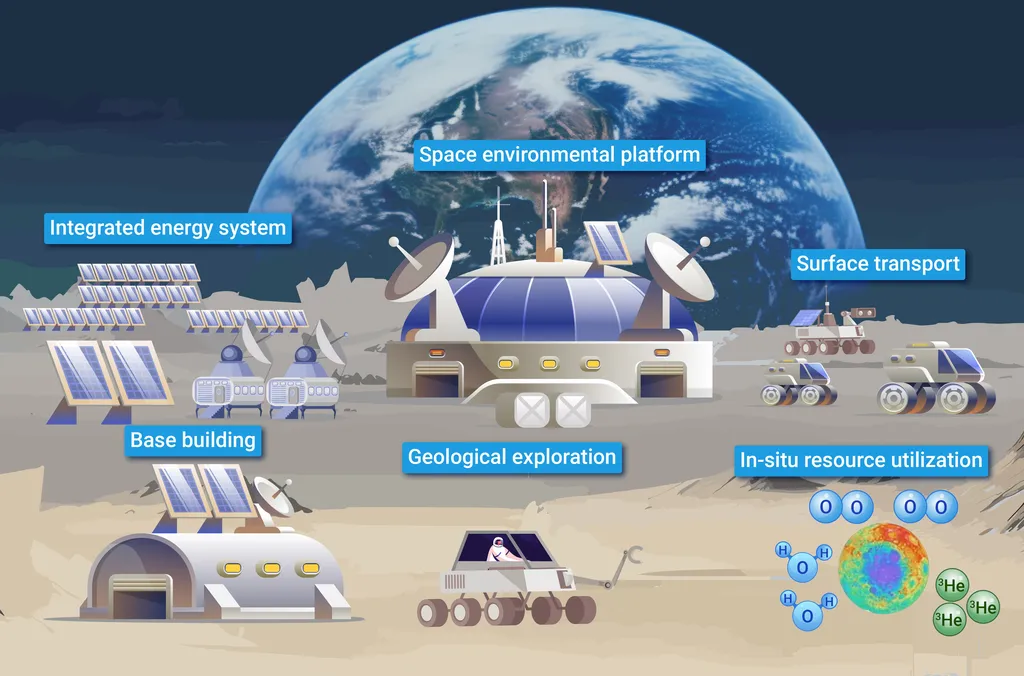In the heart of Shenzhen, China, Song Lei, a researcher at Shenzhen University’s College of Mechatronics and Control Engineering, is charting a course for humanity’s next giant leap: establishing a lunar base. His recent review, published in the journal *Astronomy and Space Sciences*, offers a comprehensive roadmap for constructing a robust energy system on the Moon, a critical step for sustainable space exploration and potential commercial opportunities in the energy sector.
The Moon, Earth’s closest neighbor, is a prime target for deep-space exploration. However, its harsh environment—extreme temperature swings, vacuum, and radiation—poses significant challenges. “We need a reliable, long-term energy solution to support a lunar base,” Lei emphasizes. His review meticulously analyzes eight key energy systems suitable for lunar conditions, each with its own advantages and drawbacks.
Photovoltaic (PV) systems, for instance, are efficient and environmentally friendly, but their performance can be hampered by the Moon’s long lunar nights and harsh radiation. Solar thermal systems, on the other hand, can store energy for use during the lunar night, but they require significant infrastructure. Nuclear options, including fission reactors and radioisotope thermoelectric generators, offer high energy density but come with safety and regulatory concerns.
Lei’s review doesn’t stop at analysis. He proposes a phased strategy, integrating different technologies for various stages of base construction. “A hybrid approach is likely the most viable solution,” Lei suggests. “We can use PV systems for initial stages, then incorporate nuclear options as the base expands.”
The implications for the energy sector are profound. The technologies developed for lunar applications could drive innovations on Earth, particularly in renewable energy and nuclear technology. Moreover, the Moon’s resources could one day support commercial activities, such as helium-3 mining for fusion reactors, a potential game-changer for clean energy.
As humanity stands on the brink of a new era of space exploration, Lei’s work serves as a crucial guidepost. His research not only illuminates the path to a lunar base but also opens up exciting possibilities for the energy sector. In the words of the great Carl Sagan, “Somewhere, something incredible is waiting to be known.” And thanks to researchers like Song Lei, we’re one step closer to uncovering that incredible something.

